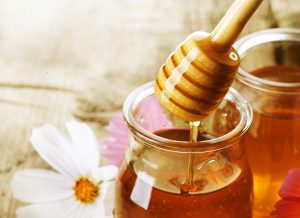By Heide Kennedy, Arizona Farm Bureau Communications Intern
We’ve long known that calcium is an incredibly important nutrient when it comes to bone health. Regardless of the stage of life that you’re in, calcium helps to maintain bone density, meaning they’re stronger and healthier rather than brittle and weak. But protecting and maintaining bone health isn’t the only benefit that calcium has to offer. 
According to registered dietician Beth Czerwony, calcium also benefits our body’s blood clotting, muscle contractions, nerve function, tooth and gum health, regulates blood pressure, can reduce cancer risk, and potentially lower cholesterol. Czerwony recommends that adults consume about 1,000 milligrams per day.
When it comes to getting this calcium in your diet, there are many different options, whether it be supplements or food. Czerwony says that the best and most abundant source of calcium is actually dairy products such as milk, cheese, or yogurt. Other sources include beans, and spinach.
Arizona is full of dairies that produce fresh, local milk and other milk products! More than 90% of the dairy you see in your local grocery case are coming from our Arizona dairies. Dairies throughout the United States need to be co-located to major population centers due to the freshness and perishability of liquid milk. So be confident about buying that gallon of milk from your family. It’s coming from local family dairies adhering to strict protocols for you to get the healhiest and freshest dairy.
For more health-related articles, check out the Fill Your Plate blog!





